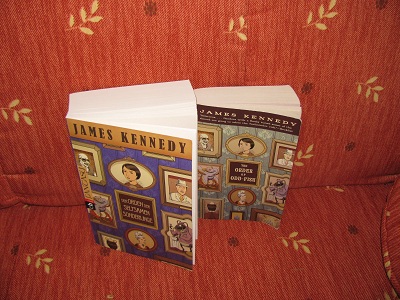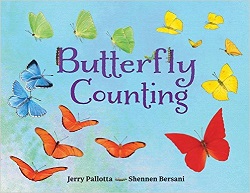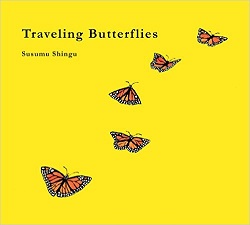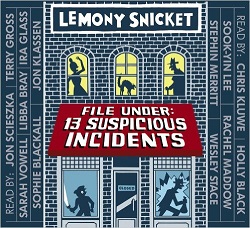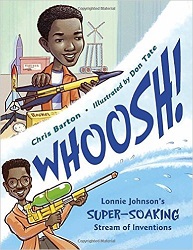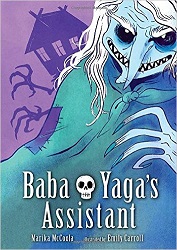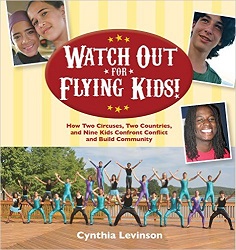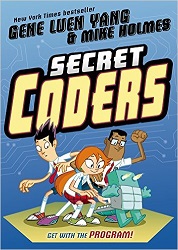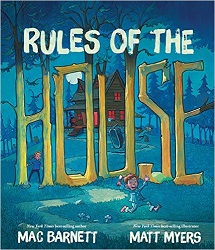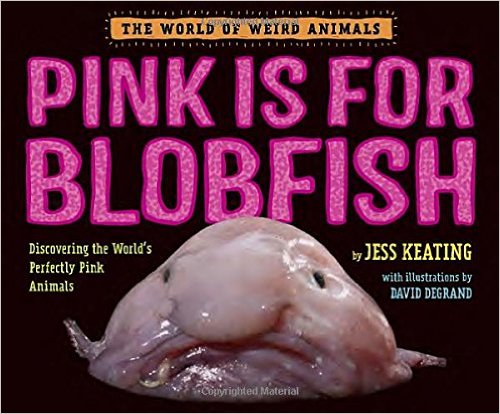Sonderling Sunday – Ein Musical!
It’s time for Sonderling Sunday! – That time of the week when I play with language by looking at the German translation of children’s books. This week, I’m back to my stand-by, Der Orden der Seltsamen Sonderlinge, by James Kennedy, translated by Wolfgang Thon from the English found in The Order of Odd-Fish.
Last time, we left off at the very last section of Chapter Twenty, so that’s where we’ll pick up today.
That section begins with this interesting sentence:
“Ken Kiang felt he was winning the war against the Belgian Prankster.”
= Ken Kiang hatte das Gefühl, dass er dabei war, den Krieg gegen den Belgischen Scherzkeks zu gewinnen.
I like this word.
“return” = zurückzukehren (“back-to-sweep”)
“striking the blow” = den entscheidenden Schlag zu landen
“how to do it with style?”
= wie sollte er das stilvoll bewerkstelligen?
“the verve” = der Schmiss
“the showmanship” = die Effekthascherei
“the arrogant stunt”
= das überlegene Bravourstückchen
I like that there’s one word for this:
“cherry on top”
= Sahnehäubchen
(Hmmm. Google translates the word as “icing.” I like how it comes out when broken up: “Cream-bonnet.”)
“final, outrageous flourish”
= letzten verrückten Schlenker
This translation is kind of disappointing:
“A musical!”
= Ein Musical!
“nobody in Eldritch City properly appreciated him”
= niemand in Schauerstadt ihn gebührend zu schätzen wusste
(“nobody in Shiver City him duly to treasure knew”)
“audacious victory” = kühnen Sieg
“grand spectacle” = gewaltiges Spektakel
“a cast of hundreds”
= eine Besetzungsliste mit Hunderten von Darstellern
(“a cast-list with hundreds of performers”)
“too ambitious” = zu ehrgeizig
(“too glory-stingy”)
“Ken Kiang scorned the thought.”
= Ken Kiang schob den Gedanken verächtlich beiseite.
(“Ken Kiang shoved the thought contemptuously aside.”)
“in one fell swoop” = in einem Aufwasch
(“in one wash-out”)
“premiere his musical” = seine Musical uraufführen
“and thus the demands of both duty and style would be satisfied!”
= auf diese Weise würde er gleichzeitig den Erfordernissen der Pflicht und des Stils Genüge tun!
(“in this way would he at the same time the requirements of duty and of style Enough do!”)
“evicted” = gekündigt
“Dazed but strangely unruffled”
= Ein wenig benommen, aber seltsam unerschrocken
(“a little dazed, but oddly undaunted”)
“belongings” = Habseligkeiten
This phrase is fun to say:
“stumbled down the hallway”
= schlurfte durch den Flur
(“shuffled through the hallway”)
“sigh with relief” = erleichtert aufseufzten
“crusty socks” = Schmutzige Socken
“scribbled-on paper” = vollgekritzelte Papiere
“he didn’t bother to pick them up.”
= Er machte sich nicht die Mühe, diese Dinge aufzuheben.
(“He made himself not the effort, these things to pick up.”)
I like the coincidence of finster aus einem Fenster:
“glared from an upstairs window”
= beobachtete ihn finster aus einem Fenster im Obergeschoss
(“watched him darkly out a window in the upper floor”)
“farewells” = Abschiedsworte
“Were they mocking him?”
Verspotteten sie ihn?
“Check and mate” = Schach und Matt
I like the last paragraph of the chapter, so it’s a fitting way to close. I’ll break it into pieces:
“Ken Kiang jumped up and down on the street corner,”
Ken Kiang hüpfte an der Straßenecke auf und ab,
“squawking and waving his arms.”
krächzte und fuchtelte mit den Armen herum.
(“croaked and waved with his arms around”)
“People discreetly crossed the street to avoid him.”
= Die anderen Passanten wechselten unauffällig die Straßenseite, um ihm aus dem Weg zu gehen.
(“The other passers exchanged unobtrusively the street-side, for him out of the way to go.”)
You’ve got to hand it to James Kennedy — He always writes with Schmiss und Effekthascherei!
